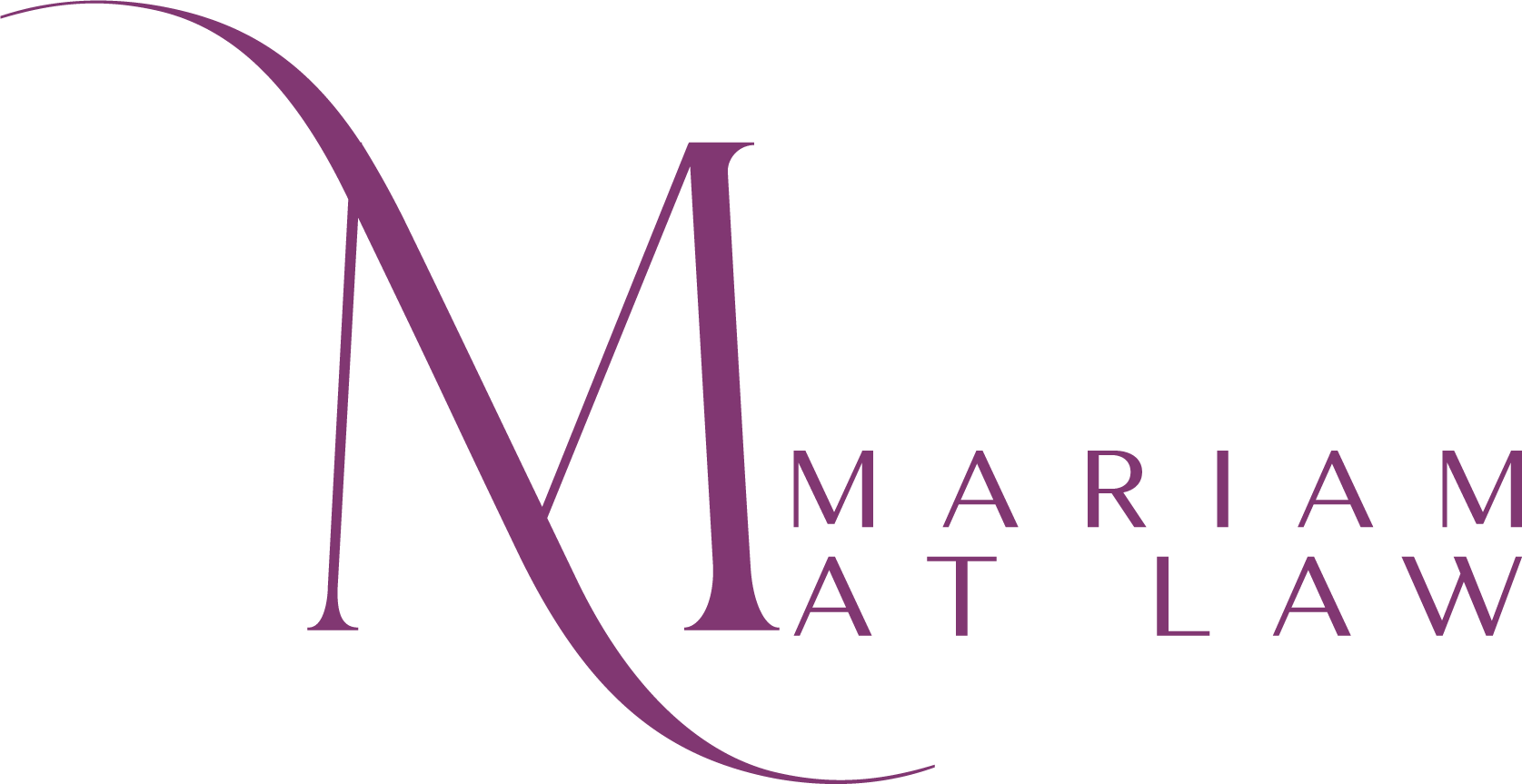Can I register a trademark that I am not using yet?
If you’re a business owner or have your own brand, then chances are you know or at least hear of trademark registration. Even if you don’t know all the details, you probably do know that trademark is an intellectual property and that you must protect it at all costs.
Trademarks protect intangible assets of your business and brand. Having a registered trademark means your intellectual property is protected federally throughout the United States.
The process of registering your trademark can become complex. For this reason, it’s recommended that you ideally work with an attorney to handle your trademark registration.
Attorney Disclaimer: No attorney-client relationship or privilege is created by your reading this article. The article does not contain any legal advice and does not intend to give legal advice. This post is for informational and educational purposes only. If you wish to work with an attorney, contact me or another attorney to start the process
Overview of trademark registration
You can register your trademark under two main bases: you use your trademark in commerce, or you intend to use it in commerce. The process to register your trademark when you use it in commerce is viewed as the “regular” process that most people or businesses go through.
When a business is not using the trademark in commerce, and still wants to register that trademark, there is another option available for it.
This basis is called the “intent to use” filing basis. So what does this mean?
It means that if the business in question intends to use that mark in commerce in the very near future, and has figured out how they are going to use it, then they can start the registration process by filing under “intent to use” basis.”
When you file under this basis, it’s almost as if you’re reserving that name so that no one uses it. Filings under “intent to use” category give businesses an extra opportunity to register their trademark.
Let’s look at the “intent to file” process in detail below.
What is the “intent to use” filing basis
The “intent to use” filing basis for trademarks is the basis that people and businesses choose when they don’t use the trademark in commerce, but have a good faith intention to use it in the very near future.
This is why this filing basis is called the “intent to use” basis. Even though you don’t need to show “use in commerce” at the time you file the application, you must use the trademark in commerce before the United States Patents and Trademark Office (“USPTO”) will issue your registration.
When you file your application under section 1(b), which is the “intent to use” basis, you have a total of thirty-six (36) months during which you must show use in commerce.
When your initial application is filed, you have your first opportunity after six months to provide proof that you’ve started using your trademark in commerce. If you can’t show that, then you can file for an extension.
The USPTO issues a Notice of Allowance
Once your “intent to use” application gets published for opposition, and it clears, the USPTO office issues what they call a Notice of Allowance. This Notice of Allowance is typically issued eight (8) weeks after the date the mark was published.
The Applicant or the attorney has exactly six (6) months from the date of the Notice of Allowance to either file (1) a statement of use (SOU) showing that the mark is now being used in commerce; or (2) an extension for six months in order to file a SOU.
When the USPTO issues a Notice of Allowance, it means that your mark has survived the opposition period following publication in the Official Gazette, and it’s now allowed. Receiving Notice of Allowance does not mean your mark is registered. However, receiving a Notice of Allowance means that your mark is on its way of being registered.
You must timely file a Statement of Use
After you file your “intent to use” application, you must start acting in order to show you’re using your mark in commerce.
Six months after filing your application, you must file your Statement of Use. Your statement of use is the application that you file with the USPTO to prove use in commerce.
You have five (5) opportunities to file a statement of use in order to prove to the USPTO that you’re actually using your trademark in commerce. Every six months, for five times, during a thirty-six month period, you have the opportunity to file a statement of use. If you don’t, then you must file an extension at least.
However, by the end of thirty-six months, you have to file your statement of use showing that you’re using your mark in commerce, otherwise, your application will be canceled.
USPTO reviews statement of use
After you file your Statement of Use, the USPTO examining attorney will review your submission. Your SOU must at the very least meet the minimum filing requirements before the USPTO examining officer reviews it.
The minimum filing requirements refer to paying the filing fee for at least one class, submitting specimens to show use in commerce, and verification or declaration signed by the owner of the trademark. Furthermore, as already mentioned previously, the Statement of Use must be filed within six months of the date of the Notice of Allowance.
Once the minimum filing requirements are met, the USPTO examining officer will review the record and make a determination on it.
All the rules that apply to regular trademark registration filing also apply here.
This means that the examining officer might decide that you did not prove “use in commerce” and therefore, will issue either a rejection or ask for more information.
The examining attorney might have an issue with the specimen you submitted that shows “use in commerce”. They might ask to resubmit a substitute specimen.
Whatever the decision by the examining officer is, the applicant and his or her attorney must follow up, and if there are any responses to be filed, then they must respect the deadlines and file everything in a timely manner.
After the Statement of Use is filed and accepted, the process of trademark registration continues just as it would normally.
Determine your filing basis and register your trademark
Once you determine your filing basis and the best way to move forward with your trademark registration, it’s time you take action and start protecting your brand.
At Mariam At Law Professional Corporation I can help you figure out the best way to move forward, come up with your brand strategy, and register your trademark. If you’re ready to speak to an attorney to protect and register your trademark, book a call with me below and let’s talk!
WORK WITH ME TO PROTECT YOUR BRAND!
Book your free 30-min call with me to discuss details about protecting your trademark and brand.






